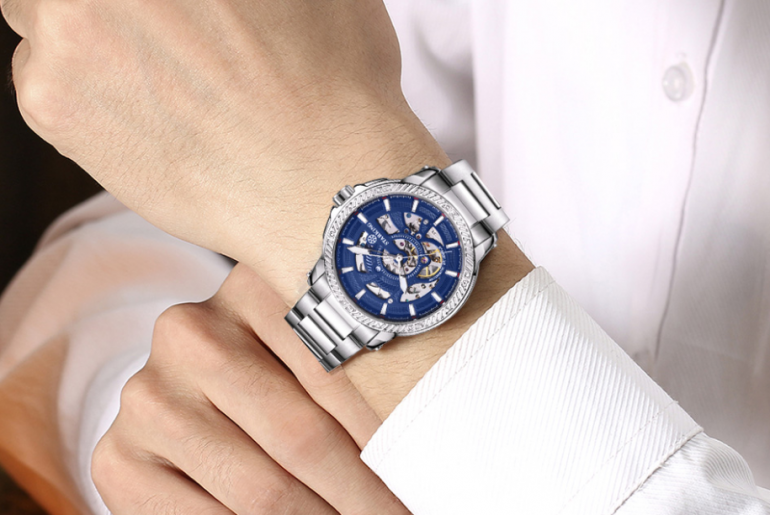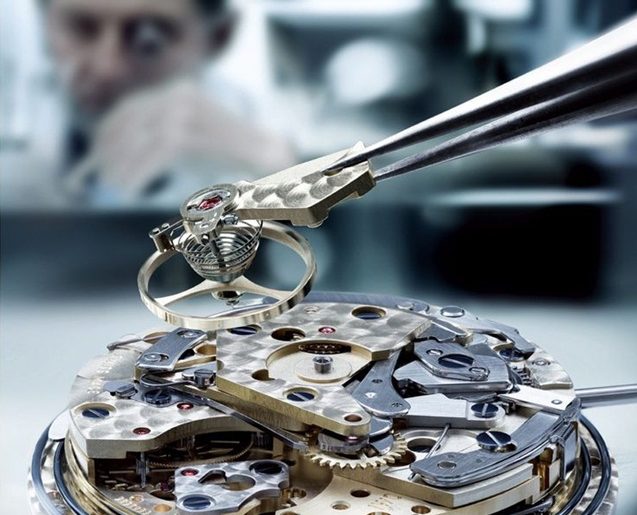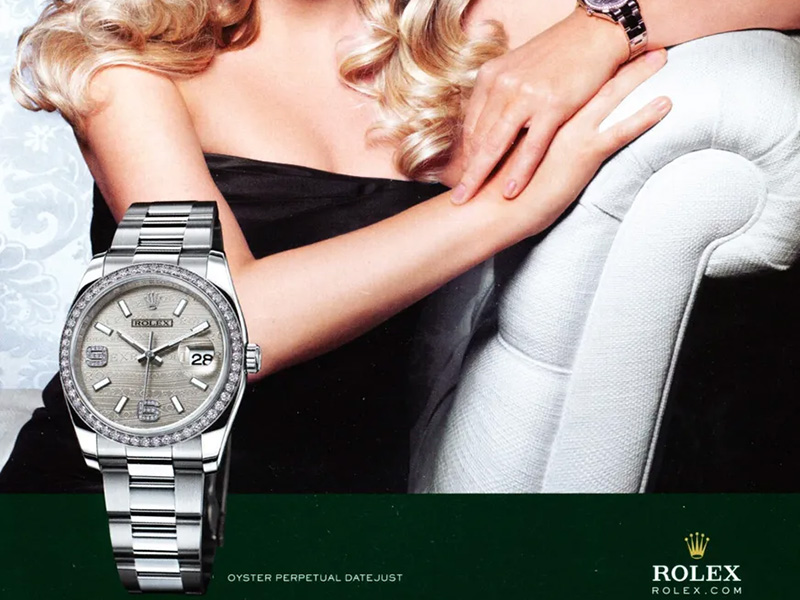Movement Structure Chapters:
If the movement is divided into two structures, the active drive train and the auxiliary drive train, the active drive train is the main line, and the auxiliary drive train is connected to the main drive train and integrated into it.
The active drive train also includes four systems, namely the prime mover, the transmission wheel train, the escapement and the vibration mechanism.
All power is sent from the original system spring to the center wheel, the over wheel, the second wheel, the escape wheel, the clip, and then to the balance wheel, and then the balance reaction force to the escapement fork to restore its previous position, so the whole process can be repeated. To put it simply, the energy stored in the motive system is transmitted to the vibration system through the escapement and lasts for a long period of time. At the same time, the vibration system is released to the escapement mechanism and transmitted to the pointer mechanism to indicate the time.
The original motion system consists of a barrel, a strip cover, a spring, and a spring roller. The function is to store the elastic potential energy generated by tightening the spring as energy. In the operation of the movement, the spring energy releases the elastic energy to the mechanical energy, thereby driving the wheel train to rotate, and maintaining the vibration system to periodically replenish the vibration without attenuating the vibration, and at the same time driving the movement of the display system and the additional mechanism.
The transmission wheel train is mainly composed of a center wheel (two wheels), an over wheel (three wheels), and a second wheel (four wheels). To put it bluntly, it is a mechanical transmission that uses gear teeth to mesh with each other to transmit power and motion. The movement’s transmission wheel train is divided into two types, the positive center transmission form and the off-center transmission form. The center wheel (two wheels) is determined by the position of the main plate of the movement.
The function of the escapement system is to periodically and regularly replenish the energy transmitted by the train to the vibration system to maintain it as a non-attenuating vibration. In addition, it accurately calculates the number of vibrations of the vibration system. The escape wheel controls the display system through the gears such as the second wheel to achieve the purpose of measuring time.
The vibration system is a balance spring system. If the time (vibration period) required for the balance spring vibration system to complete a full vibration is determined and the number of vibrations is calculated, then the time experienced by the vibration is equal to the vibration period multiplied. The number of vibrations, that is, time = vibration period × number of vibrations. The vibration system and the escapement system are also referred to as speed control systems.
The auxiliary drive train includes a display system and a winding hand system.
The display system is interfaced with and integrated into the active drive train, including the most basic display trains, such as the hour wheel, the minute wheel and the second wheel, as well as the cross wheel responsible for converting the rotational speed. Since the transmission wheel train is divided into a positive center transmission form and a partial center transmission form. Therefore, the display system transmission mode is also divided into a positive center display system and a partial center display system.
The wound plucking needle system can be separately understood. The wound is to transfer energy to the prime mover, and the plucking pin is the mechanism for cocking the pointer. This mechanism includes not only the movement of the hour and minute hands, but also the display parts of the additional mechanism carried by the drive core, such as the calendar and the weekly calendar. By the crown, the stem, the vertical wheel, the clutch wheel, the clutch lever, the clutch lever spring, the pull gear, the compression spring, the setting wheel, the span wheel, the hour wheel, the minute wheel, the large steel wheel, the small steel wheel, the pawl, the pawl spring and other components. The automatic winding is composed of a heavy hammer, a heavy hammer support, an eccentric shaft, a ball, an automatic rocking plate, a ratchet, a pawl, and an automatic upper plate.
The basic structure of the movement should have a preliminary understanding. In the next section we will focus on the key parts and principles of the various structures of the movement.















